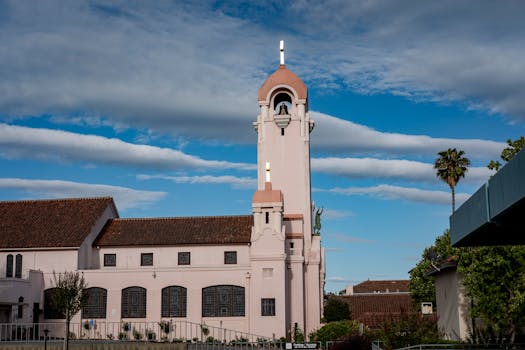The Evolution of the Dominican Republic: A Historical Journey Through Its Establishments (1774-1849)
The Evolution of the Dominican Republic: A Historical Journey Through Its Establishments (1774-1849)
In the heart of the Caribbean, nestled between the Atlantic Ocean and the Caribbean Sea, lies a nation with a rich history. This nation is the Dominican Republic, a country that has witnessed significant historical transformations. This article aims to trace the evolution of Dominican establishments from 1774 to 1849, a period that greatly shaped the nation's destiny.
Spanish Rule (1774-1821): The Birth of Dominican Establishments
In 1774, the Dominican Republic was under Spanish rule. The Spanish crown, in its quest for expansion, established numerous settlements across the island. These establishments were not mere outposts of Spanish authority. They were vibrant communities buzzing with life, each possessing a unique blend of Spanish and indigenous Taino cultures.
From the bustling port city of Santo Domingo, the oldest European city in the Americas, to the serene agricultural towns in the Cibao Valley, these Dominican establishments were a testament to the resilience of the Dominican people.
Haitian Occupation (1822-1844): A Time of Transformation
The early 19th century brought a seismic shift to the Dominican Republic. The Haitian Revolution, a successful anti-slavery and anti-colonial insurrection, deeply impacted the island. In 1804, Haiti, the western part of the island, gained independence from France. This revolution sent shockwaves across the entire island, including the Spanish-controlled Dominican Republic.
In 1821, the Dominicans, inspired by the Haitian Revolution, declared their independence from Spain. However, their joy was short-lived. Haiti, fearing a reestablishment of Spanish rule, invaded the newly independent nation in 1822. This marked the start of a 22-year occupation, a period of significant political and social changes. Dominican establishments, once under Spanish control, were now governed by Haitian laws and policies.
Dominican War of Independence (1844): The Birth of a Nation
Despite the oppression, the Dominican spirit remained unbroken. The shared experiences during the occupation fostered a sense of national identity among Dominicans. The seeds of resistance were sown, and in 1844, the Dominican Republic finally won its independence from Haiti. The Dominican War of Independence was a watershed moment in the nation's history. It marked the birth of the Dominican Republic as we know it today.
Post-Independence (1844-1849): A Period of Growth and Development
The post-independence period was a time of tremendous growth and development. Dominican establishments underwent significant transformations. Santo Domingo, the capital, emerged as a major political and economic hub. Other cities like Santiago and La Vega also experienced rapid growth. Infrastructure was improved, trade flourished, and the nation's economy began to diversify.
However, the road to progress was not without its challenges. The newly independent nation grappled with political instability, economic hardships, and social disparities. Yet, the Dominican people, resilient as ever, persevered. They worked tirelessly to build a nation that was reflective of their aspirations and ideals.
Conclusion: The Legacy of Dominican Establishments
As we conclude our journey, it's impossible not to marvel at the remarkable resilience and tenacity of the Dominican people. The history of Dominican establishments from 1774 to 1849 is a testament to their indomitable spirit. It's a narrative of struggle and triumph, of resilience and determination. It serves as a reminder of the nation's past and a beacon of hope for its future.
So, the next time you find yourself strolling down the cobblestone streets of Santo Domingo or sipping a cup of coffee in a café in Santiago, take a moment to appreciate the rich history that has shaped these Dominican establishments. Remember, every brick, every stone, and every street in the Dominican Republic has a story to tell, a story of a nation and its people who, against all odds, have carved out their place in history.

Sign up for Sonoma County Navigator
Discover Sonoma County! Latest News, places to play, stay, eat, live, shop, learn and more!
No spam. Unsubscribe anytime.










